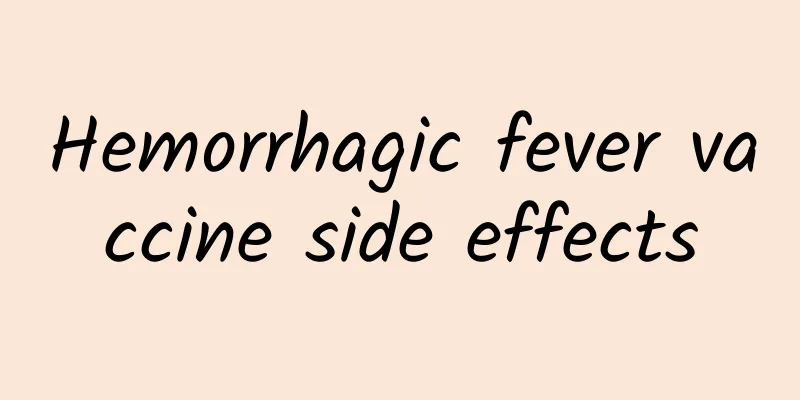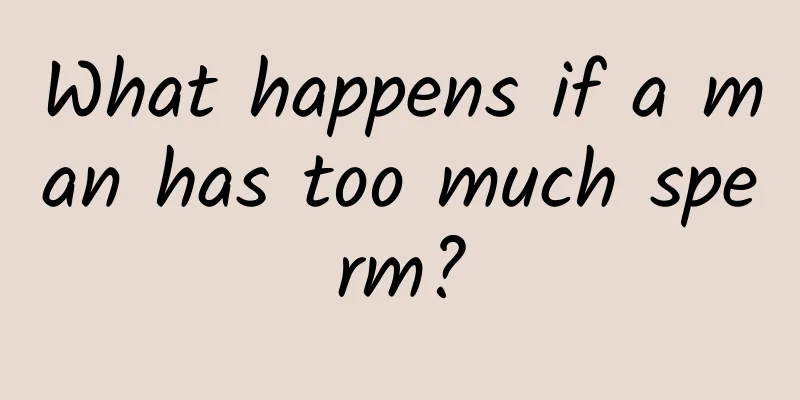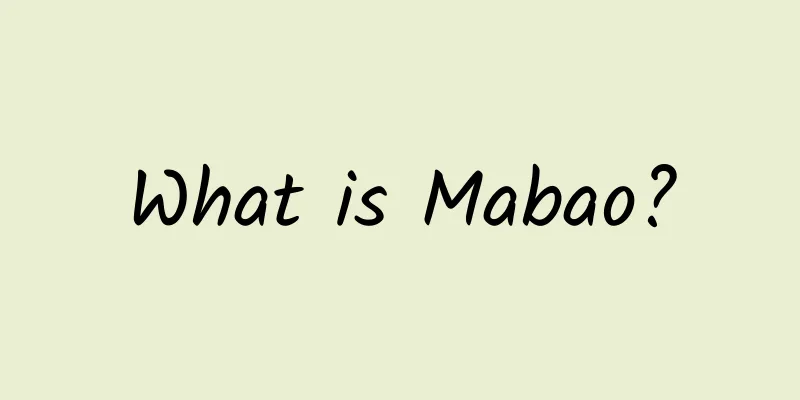Hemorrhagic fever vaccine side effects

|
Hemorrhagic fever vaccine is obviously used to prevent the human body from suffering from hemorrhagic fever. In fact, when it comes to hemorrhagic fever, many people have no understanding of it. The so-called hemorrhagic fever is actually a common disease in the human body, and this disease is caused by the hemorrhagic fever virus. The incidence of hemorrhagic fever is usually very high, and many people who suffer from hemorrhagic disease end up dying. It can be seen that hemorrhagic fever is very harmful to the human body, so it is very necessary to inject hemorrhagic fever vaccine into the human body. For ordinary people, hemorrhagic fever vaccines can usually be injected, and most people do not have any adverse reactions in their bodies after being injected with the hemorrhagic fever vaccine. However, a large number of people will experience some side effects after receiving the hemorrhagic fever vaccine. Let’s talk about it in detail below. Hemorrhagic fever vaccine is one of the main means of preventing hemorrhagic fever. Hemorrhagic fever, also known as hemorrhagic fever with renal syndrome, is a natural epidemic disease caused by hemorrhagic fever virus. It is widely prevalent, the condition is critical, the mortality rate is high, and the harm is extremely great. Precautions for hemorrhagic fever vaccine 1. The vaccine contains adjuvant and should be shaken thoroughly before injection. 2. If the vaccine turns yellow or purple, it cannot be used, as it may be contaminated. 3. Prepare 1:1000 epinephrine for emergency use in case of occasional anaphylactic shock. 4. Ampoules with cracks, vaccine that is muddy, discolored, contains foreign matter, or contains clots or flocs that cannot be dispersed by shaking should not be used. Side effects and adverse reactions of hemorrhagic fever vaccines There is generally no reaction after injection. Some individuals experience fever and dizziness. A few people have rashes and are given anti-allergic drugs when necessary. Because the vaccine contains adsorbents, a small number of vaccinated subjects may develop local nodules and mild swelling. At present, domestic hemorrhagic fever vaccines are divided into two types: monovalent vaccine and bivalent vaccine. The former can prevent house mouse hemorrhagic fever or wild mouse hemorrhagic fever respectively, while the latter has a preventive effect on both types of hemorrhagic fever. People aged 10-70 years living in hemorrhagic fever-affected areas should receive this vaccine. Forestry workers, migrant workers at water conservancy construction sites, people camping outdoors and other people in epidemic areas should be vaccinated. To sum up, we should all know some common side effects of hemorrhagic fever vaccines, which usually manifest as: fever, dizziness, and some people may also have rash, etc. These symptoms are actually very normal and generally do not require medical treatment. But when these side effects endanger our health, we need to seek medical treatment in time. |
<<: The role of Down syndrome screening
>>: Will the measles vaccine cause a fever?
Recommend
What happens if missing teeth are not replaced?
Many people, after losing a tooth, mistakenly bel...
Should I cover myself with a blanket when I have a fever in summer?
Whether or not to cover yourself with a blanket w...
Methods to induce menstruation, daily methods to treat delayed menstruation
Menstruation is a good friend of women that comes...
Preexcitation syndrome surgery, understand the condition before surgery
Cardiac preexcitation syndrome is an extra channe...
What causes skin spots?
To put it simply, skin mottling means that the de...
Treatment of uremia
Uremia is a disease that we often hear about in o...
The efficacy of Haigouwan ginseng
Both Haigou Pills and ginseng have very good nour...
How to make meat buns soft and delicious
Baozi is one of the staple foods that people ofte...
What is Gene Polymorphism Testing?
Humans are initially formed from a fertilized egg...
How to cure insomnia to recover
Insomnia is very common in life, and there are ma...
How to remove oxalic acid from spinach
If you don't pay attention to some methods an...
What to do if you have constipation and blood in your stool
Many people do not pay much attention to their da...
Quick headache remedies
We all know that if headaches are not effectively...
Blood clot in the white of the eye
Some friends wake up in the morning and look in t...
What is the cause of coughing and enuresis?
Excluding the cause of bladder sphincter relaxati...









